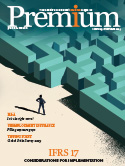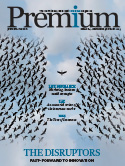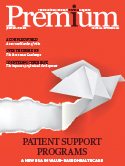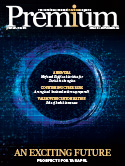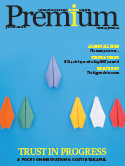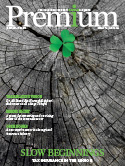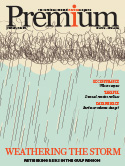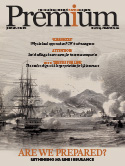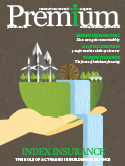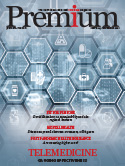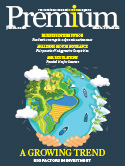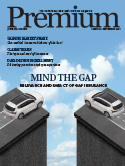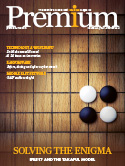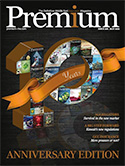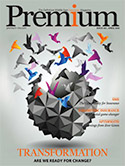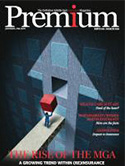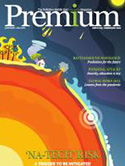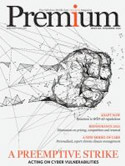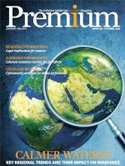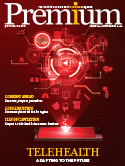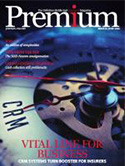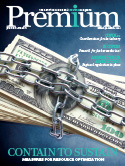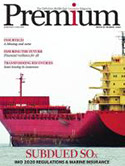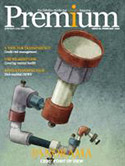IRDAI deems 3 firms ‘too big to fail’
The Insurance Regulatory and Development Authority of India (IRDAI) has named the Life Insurance Corporation of India, General Insurance Corporation of India and the New India Assurance Co. Limited, as Domestic Systemically Important Insurers (D-SIIs) for their size, market importance and domestic and global interconnectedness. The distress or failure of these companies would cause a significant dislocation in the domestic financial system, which means the continued functioning of these companies is critical for the uninterrupted availability of insurance services to the national economy, the regulator stated in a press release.
“D-SIIs are perceived as insurers that are ‘too big or too important to fail’ (TBTF). This perception and the perceived expectation of government support may amplify risk taking, reduce market discipline, create competitive distortions, and increase the possibility of distress in future. These considerations require that D-SIIs should be subjected to additional regulatory measures to deal with the systemic risks and moral hazard issues,” the press release stated.
In order to identify such insurers and to put such insurers to enhanced monitoring mechanism, the Insurance Regulatory and Development Authority of India (IRDAI) has developed a methodology for identification and supervision of D-SIIs. The parameters, as per the methodology for identification of D-SIIs, inter alia include the size of operations in terms of total revenue, including premium underwritten and the value of assets under management. It would also consider global activities across more than one jurisdiction and the lack of substitutability of their products and/or operations as well as interconnectedness through counterparty exposure and macro-economic exposure.
These insurers have been asked to raise their level of corporate governance, identify all relevant risk and promote a sound risk management culture and be subjected to enhanced regulatory supervision.








